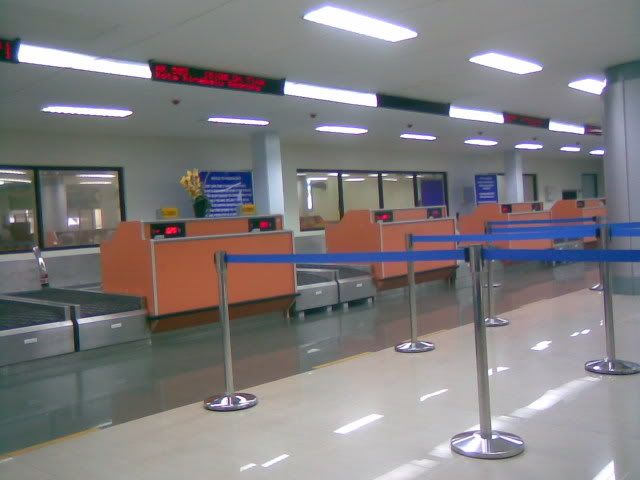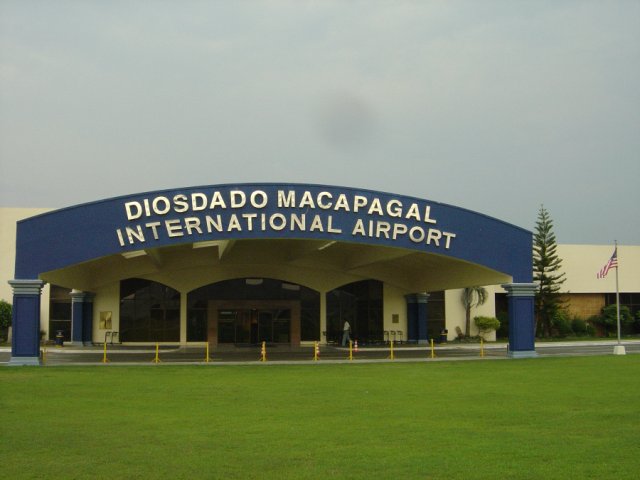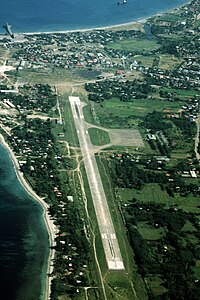 Humility in high places Humility in high places PEOPLE By Joanne Rae M. Ramirez March 31, 2009 |
Some men never let success go to their heads. Perhaps, that is why they are more successful than others.
On my return flight from Los Angeles to Manila, I was seated in the Mabuhay Class section beside businessman J. Castro of the Kylemed Group of Companies, a pharmaceuticals group. He has offices in both California and Metro Manila, so he shuttles between both places regularly.
California-based, he likes to take Philippine Airlines primarily because of the direct 12-hour flights from Manila to LAX, and back (though there are some flights to Manila that have to make a technical stop in Guam). He also likes arriving in Manila at the crack of dawn, refreshed after a good night’s sleep (the flight leaves LAX at midnight), and ready for a power breakfast meeting in Manila.
But now, he has another good reason for taking PAL.
Last November, he and his wife were traveling to Los Angeles from Manila on PR 102 and were seated on Row 4 of the newly-reconfigured Business Class section of the Boeing 747-400 that was assigned to their route.
After they were settled in their seats and just before take-off, they decided to try out the features of the high-tech seats of the reconfigured Boeing.
Alas, Castro’s seat wouldn’t recline. His wife’s seat also wouldn’t recline!
The flight attendants tried to help out, but it seemed these high-tech seats were not programmed to respond to manual manipulations. They were stuck. The plane was ready to take off and the Castros were faced with the prospect of an uncomfortable flight ahead.
The Castros politely but firmly told the flight purser that they wanted to be reseated.
The purser checked out the seating list but told the couple there were no other available seats that night. The Castros then told the purser that rather than endure a 12-hour flight sitting up straight for the price of a Business Class ticket, they would rather just disembark.
The plane doors were already shut, but the Castros were adamant. I can imagine the purser’s dilemma, because when a passenger disembarks, his luggage has to be offloaded, too, and this could easily cause a delay of one hour. Stuck in an aircraft on the tarmac, the rest of the passengers were going to be more than irate.
The purser had to think fast. He then asked Mrs. Castro if she was willing to take the one empty seat on Row 1, probably one of the best two seats on the house. The seat beside it was occupied.
“No, I want to be seated beside my husband, or we both disembark,” she said, not willing to leave her husband on the immovable Row 4 seat.
The purser was left with one last choice. He then approached the passenger on Seat 1C and respectfully whispered something to him. The passenger on Seat 1C then stood up and walked to the Castros with a very apologetic look on his face.
The purser then told the Castros, “Mr. Lucio Tan will give up his seat for you.”
* * *
By this time the Castros had recognized the PAL chairman. They were stunned by his gesture, and by the expression on his face, which seemed to be more apologetic than annoyed. But since Mrs. Castro was not feeling well and could not really go 12 hours without reclining, they accepted the offer to exchange seats with the man who owned the airline.
Castro told me that each time he went to the toilet he would steal a glance at Tan, who was seating upright during the entire flight, sometimes with his eyes closed. Sometimes he would be scribbling on lined yellow paper. He didn’t use a laptop.
Sources in PAL say Tan gave up his seat because he didn’t want the flight to be delayed. It is said that he abhors delayed flights.
Thus, instead of inconveniencing all 400 passengers on the flight, he opted to inconvenience himself.
Granted that his decision was also a sound business decision — the airline would have lost money and a lot of goodwill with the delay — what was amazing was that he himself was willing to bear the cost (and I’m not just talking about a stiff neck) of his decision.
Tan is among the five richest men in the Philippines.
And the Castros remain among PAL’s many loyal customers.
* * *
Friends of Lucio Tan say that before becoming chairman of PAL, the taipan would fly Economy. The executives of his conglomerate would be on Business Class, and would be stupefied to see Tan on Coach. When his red-faced subordinates tried to convince him to move up to Business Class, Tan reportedly told them, “When we land, we will land in the same place.”
When I related the Castros’ story to Tan’s daughter Gigi Tan Yu, she was not surprised at all. “My father is really like that. He really has a heart that wants to serve. Imagine, he is 74 years old and he usually uses the time spent on long flights to rest. But he was willing to forego that and sacrifice his comfort for a PAL passenger.”
(Castro told me that he has encountered PAL executives who would not give up or exchange seats with a passenger).
Gigi also believes that her father “doesn’t want to erase or mask his humble beginnings. He is not averse to self-sacrifice.”
* * *
Nowadays, you hardly hear people complain that PAL is perennially late (remember when people used to joke that PAL stood for three words other than Philippine Airlines?).
Now, we know one reason why. Its chairman would rather seat upright for 12 hours straight than make one flight late.
I was seated beside Castro by chance and just got to know him on the last two hours of our flight back to Manila. But with his permission, I am sharing his story because it shows that humility still exists in high places — literally and figuratively.
(You may e-mail me at joanneraeramirez@yahoo.com)





























